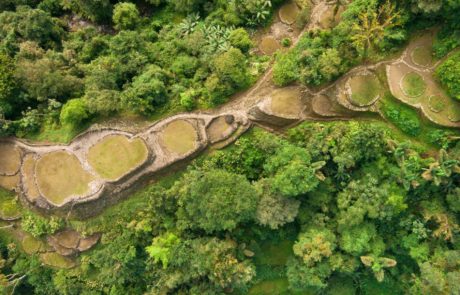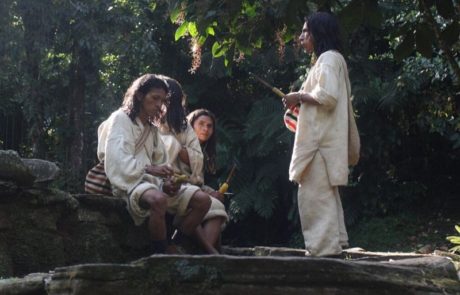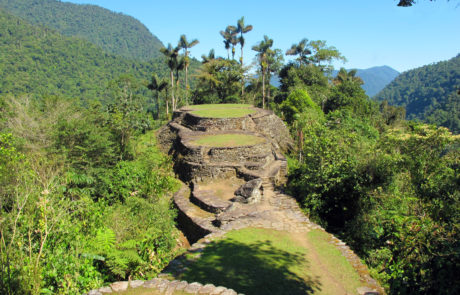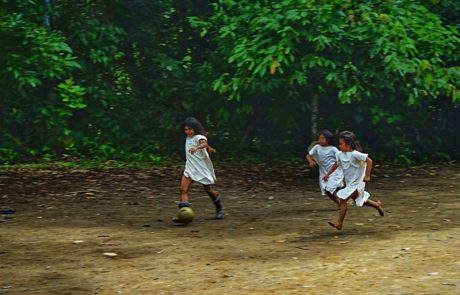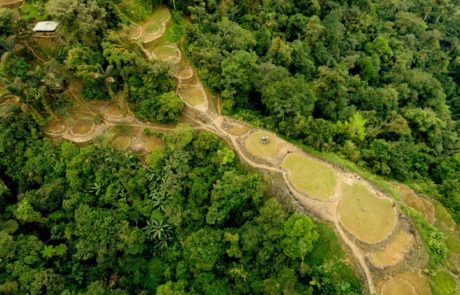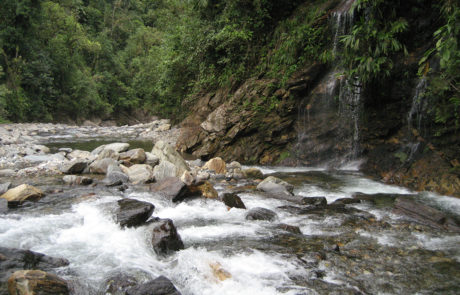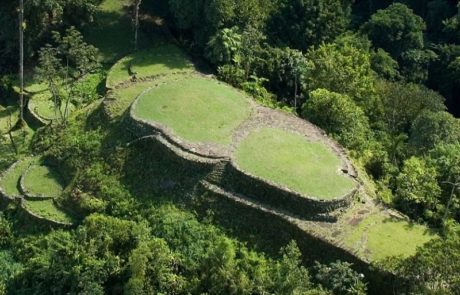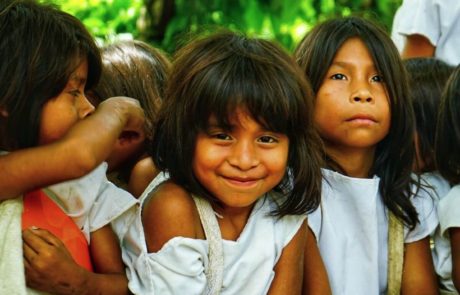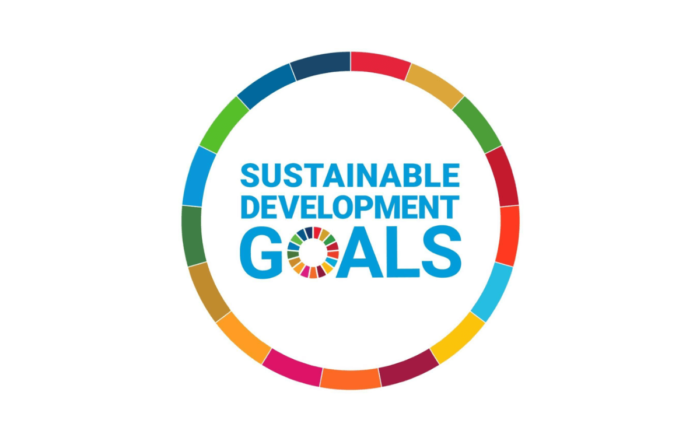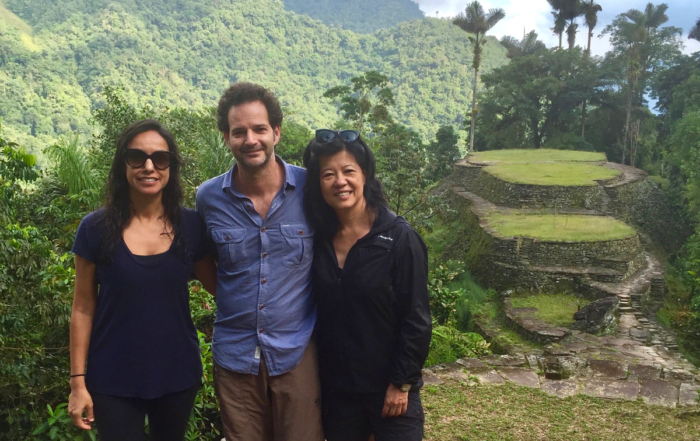Ciudad Perdida, Colombia
Building dignified futures for Indigenous families protecting the 1,200-year-old “Lost City”
One of the highest and most ecologically diverse coastal mountain regions on earth, the Sierra Nevada Mountains in Northern Colombia rise to an altitude of approximately 19,000 feet. Here, the Tayrona people built over 200 distinct settlements from rammed earth and intricately cut masonry. The most extensive, Ciudad Perdida, grew to more than 250 buildings that formed the center of political, economic, and social life until the Tayrona civilization disappeared mysteriously in the 16th century. Hidden by thick jungle for over 400 years, this magnificent ‘lost city’ was rediscovered in 1975. Under the direction of Global Heritage Fund, archaeologists completed LiDAR mapping of Cuidad Perdida in 2019, locating more than 200 vernacular structures across 30 hectares (80 acres), including dwellings, terraces, stone paths and staircases, grand plazas, ceremonial and feasting areas, storehouses and a network of canals. Additional excavation zones around Ciudad Perdida await further archaeological research.
Global Heritage Fund partnered with the Colombian Institute of Anthropology and History (ICANH) to develop and implement a site management plan to address the erosion, decay and destabilizing vegetation growth around this rediscovered gem, to document and conserve the unique archaeological features at Teyuna-Ciudad Perdida Archaeological Park, and to engage the local indigenous community in the preservation work. Efforts to preserve the structures of this great historic metropolis dovetailed with efforts to safely guide the nascent tourism industry in a sustainable direction through initiatives such as a solar lamp entrepreneurship program. To further strengthen the social fabric through increased economic activity, Global Heritage Fund launched an educational program in El Mamey, the trailhead town to Ciudad Perdida, focused on developing locally owned eco-tourism lodges along with training courses for guides, capacity building, and basic infrastructure improvements.
Some images courtesy of Denise Castelli, Michele Galli, Plinio Barraza, and Santiago Giraldo


